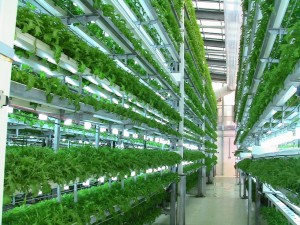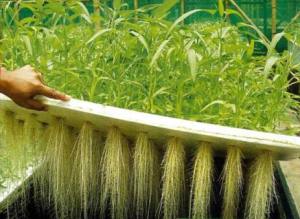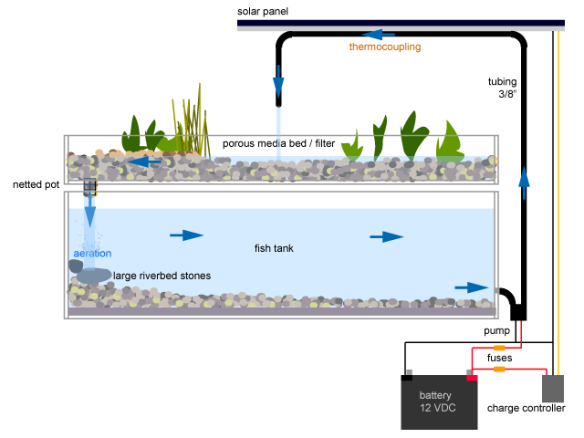Climate change is a reality. At independence in 1963, Kenya’s forest cover was 10% of it’s land mass but now it’s a greasly 1.2% due to massive deforestation. This has had a huge effect in terms of our water tower and subsequently food security. Apart from the micro climate change, the globe as a whole is pumping out greenhouse gases that are significantly shifting climate and weather patterns all over the world.
My point is that we cannot continue relying on our ‘outdated’ farming methods that rely on rain and rainmakers. We have to reinvent the wheel in order to kill hunger in Kenya. We need to be talking about Hydroponics, Aquaponics and Aeroponics.
Hydroponics
Hydroponics is the art of soiless agriculture. Here the growing medium is a pH adjusted water solution, thus the greek name hydro and ponos, meaning labour. The required minerals are dissolved in the water and absorbed easily. In fact, research has proven that plant roots absorb minerals easier when in water than when in soil. Sometimes inert medium is used to hold the roots e.g. sand, gravel, vermiculite, rockwool, perlite, peatmoss. coir, coconut husks or sawdust. 
This method of agriculture is very economic in that it requires less water, less fertilizer and pesticides therefore most of the product is organic commanding stronger prices in the market. Furthermore hydroponics require less space hence can be easily practised in urban areas.
Aquaponics
Aquaponics is more or less like hydroponics only that aquaculture is thrown in the mix. The fish’s waste offers rich organic manure for the plants provide oxygen for the fish, a classic case of symbiosis.
This is not new, the Aztec are known to have done some aquaponics of their own, also in ancient China and Thailand who cultivated rice alongside fish.
Aeroponics
Now this is tricky… Aeroponics is basically growing stuff in the air whereby the roots are suspended in a closed space and sprayed with a nutrient rich solution and left to grow in no medium. It saves a lot of water and pests and diseases are easily controlled naturally leaving you with healthy organic produce.
no medium. It saves a lot of water and pests and diseases are easily controlled naturally leaving you with healthy organic produce.
Conclusion
The main advantage of these modern cultivation systems is the conservation of water and less or no use of agrichemicals which are dangerous to the human body when applying and especially when eating in the food. All of these methods are inclined to organic farming practices which fetch a better price than inorganic food produce.
Do you think we should change our farming methods? Please share your thoughts below…


Pingback: Think Green | The Young Agropreneur
Fascinating stuff. Keep us posted with developments in Kenya.
There are several interesting projects in the UK. In my home city of Birmingham, a local entrepreneur, the guy who set up East End Foods, is building a showcase experimental hydroponics urban farm slap bang in the city (I wrote a blogpost about my visit there here: http://newoptimists.com/2011/09/14/hydroponics-an-experimental-urban-farm-at-aston-cross/).
In Manchester, earlier this year, Dickson Despommier visited the URBED proposed hydroponics farm in disused old office block near the airport. See: http://www.urbed.coop/.
I loke this site very much–great information being shared. Be curious to see how this will develop. Are you starting a eStore?